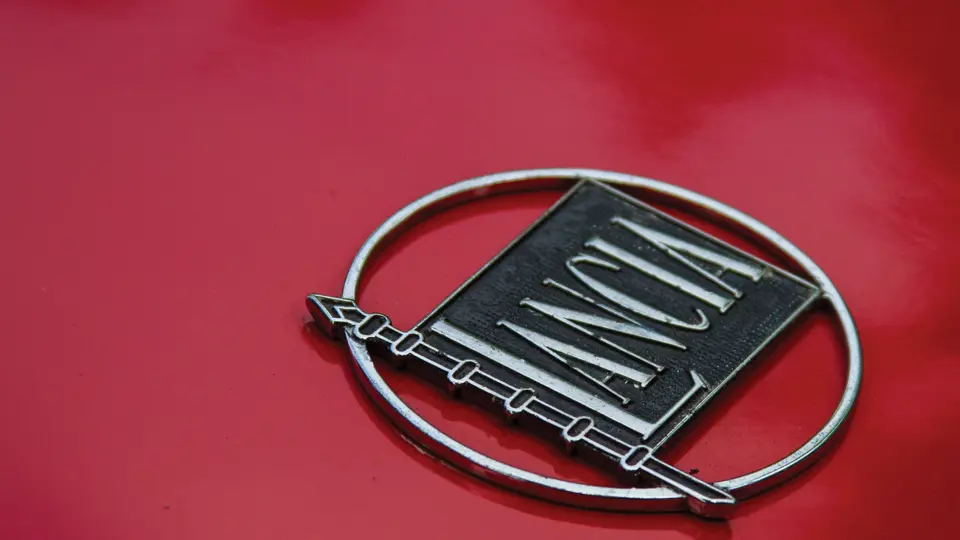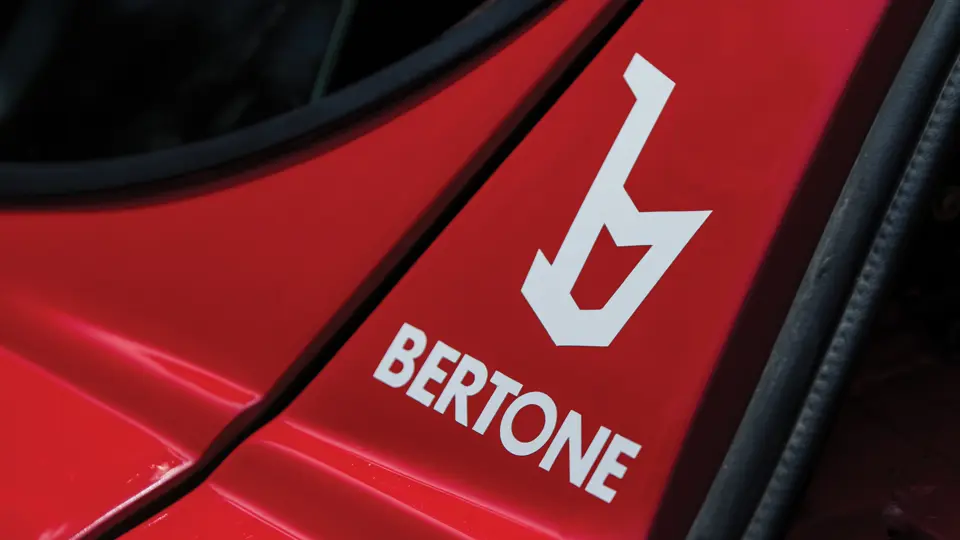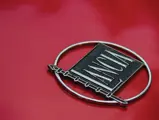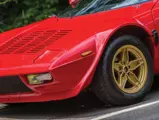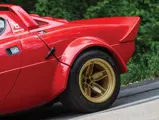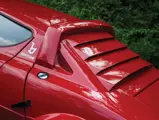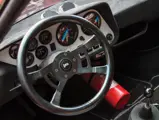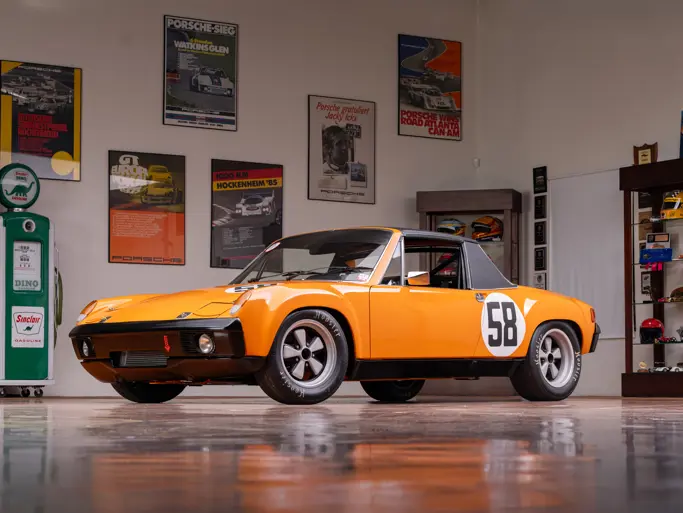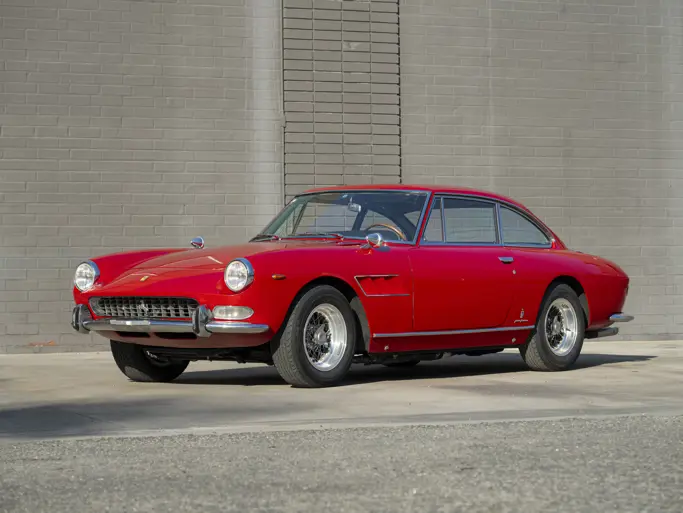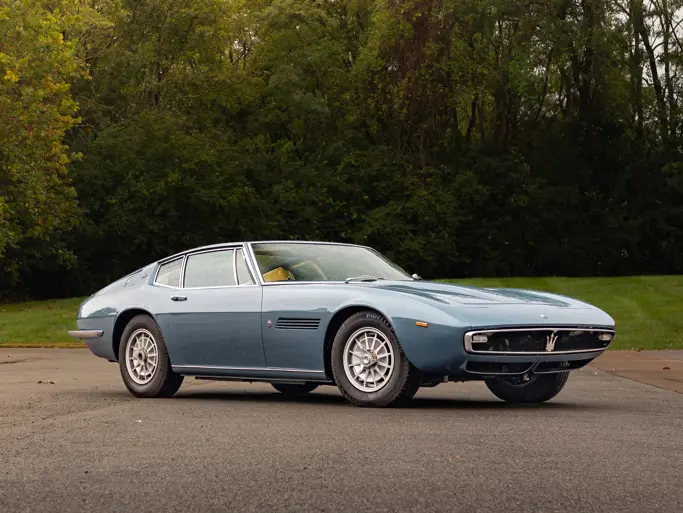
1975 Lancia Stratos HF Stradale by Bertone
{{lr.item.text}}
$376,750 USD | Sold
{{bidding.lot.reserveStatusFormatted}}
- Continuous ownership history since 1982
- Radical, advanced design by Marcello Gandini
- Attractive, largely unrestored example
- Production version of the three-time World Rally Championship sensation
192 bhp, 2,418 cc dual overhead-camshaft Ferrari V-6 engine with triple Weber carburetors, five-speed manual transmission, four-wheel independent suspension with front coil springs, rear MacPherson struts, and four-wheel disc brakes. Wheelbase: 85.8 in.
If there was ever an automobile that turned the rally world upside-down, it was the Lancia Stratos HF. The first automobile purposely built for competition in the World Rally Championships, the Stratos’ powerful, radical design looked like nothing else on the road. Standing just over three and a half feet tall, a Stratos blasting through a European rally circuit was truly an impressive sight. Even more so when considering that it is probably one of the only Ferrari-powered cars regularly seen covered in mud.
The first time the Stratos name was introduced to the public was in 1970, at the Turin Motor Show, as a concept car named the Lancia Stratos Zero displayed on Bertone’s stand. This sensational conception captured the heart of Cesare Fiorio, manager of Lancia’s World Rally Championship team. The following year, when Lancia introduced a prototype designed by Marcello Gandini of Bertone, called the Stratos HF, Fiorio encouraged Lancia to campaign the Stratos in rallying.
Lancia’s earliest prototypes were powered by engines from both the Lancia Fulvia and Beta road cars, but they ended up using Ferrari’s mid-mounted V-6 first seen in the Dino 246. Bertone manufactured the Stratos in Turin and sent the cars to Lancia’s nearby Chivasso factory for final assembly. With an incredibly short wheelbase, a curb weight of just under 2,200 pounds, and a 0–60 time of less than five seconds, the Stratos was incredibly quick and quite maneuverable. Coupled with a wraparound windshield that provides fantastic front visibility, an experienced driver could easily and precisely place the Stratos anywhere on the road. The Stratos was the perfect tool to dominate international rally competition, and dominate it did.
Beginning its racing career in 1972, the Stratos was campaigned as a prototype by the Lancia team. Success did not come immediately, and the Stratos finally earned its first win in 1973. By 1974, Lancia and its Stratos were on their way to supremacy in Group 4 rallying. Entry into that year’s round of the World Rally Championship required the production of 500 road-legal units. Production started in 1973; however, by 1975, only 492 were completed, because the Group 4 production requirement for the World Rally Championship was dropped to 400 units. A win-win situation for Lancia, as homologation made the Stratos available to its clambering fans at the height of its success and increased interest in the Lancia brand worldwide.
Regardless of claiming an unprecedented three World Rally Championship titles in a row (1974 through 1976), internal squabbling had divided the Fiat group and its racing enterprises. As a result, Fiat removed the Stratos from formal factory-backed competition and replaced it with the Fiat 131 Abarth. Many Stratos enthusiasts believe that if Lancia was permitted to keep racing the Stratos, the car would have continued to dominate the series, likely winning even more World Championships, as its design and specification were so far advanced over contemporary competitors.
After its formal reign of factory supremacy was over, the Stratos proved to be successful in the hands of privateers, even winning the Monte Carlo Rally in 1979. Several Stratoses beat newer cars campaigned by Fiat and Lancia, a testament to its engineering prowess. Lancia built a pair of turbocharged Stratoses for rally use as well, but alas they were not nearly as successful as the Fiat 131, or their naturally aspirated predecessors.
Manufactured in January of 1975, this Stratos is one of the 492 “Stradale”-specification production versions. Believed equipped with the factory Sparco racing seats and five point harnesses it sports today, it was first sold to Renato Fossi, of Bergamo, Italy. By 1982, it was registered to Alessandro Seghi, of Ferrara. In 1984, it was sold to a Swiss gentleman, Arthur Honneger. While residing in Europe, the Stratos was repainted red from its original hue of lime green.
The current owner purchased the car directly from Mr. Honneger’s Swissco Auto, of Key Largo, Florida, in 2001, by which time the Stratos had already received its purposeful body modifications in the style of the competition “Corse” version.
Today, the car stands on desirable, gold-finished “coffin” style wheels; however, an original set of laced wheels remain with the car and are included with the sale. Also included are copies of the Italian registration, service records dating to 2002, Mr. Honneger’s 1984 purchase agreement, an authentication letter from Fiat’s historical archives, certifying this Stratos’ production date of January of 1975, and an owner’s manual and a comprehensive parts manual. With less than 45,000 kilometers showing, and only 1,200 of those from its current owner, this Stratos is very well preserved and presents as a largely original example, with only the seats having been recently recovered.
The Stratos is a triumph of design and engineering, helping to secure Lancia’s, Bertone’s, and chief stylist Marcello Gandini’s respective places in automotive history. With just 492 examples produced, the opportunity to own a Stratos that is registered in the United States does not come often, considering the fact that none were imported here new. Owning and driving this Stratos will surely bring a smile to not only the face of the driver, but also to everyone who sees the car in action.




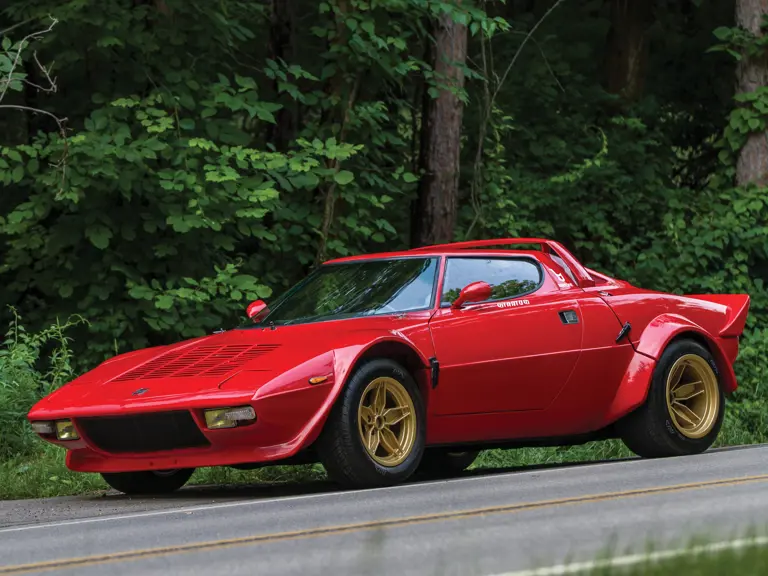
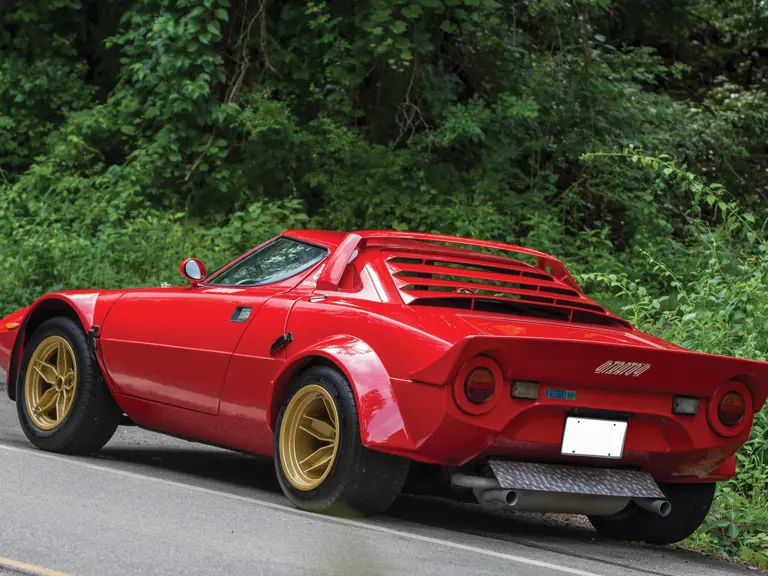
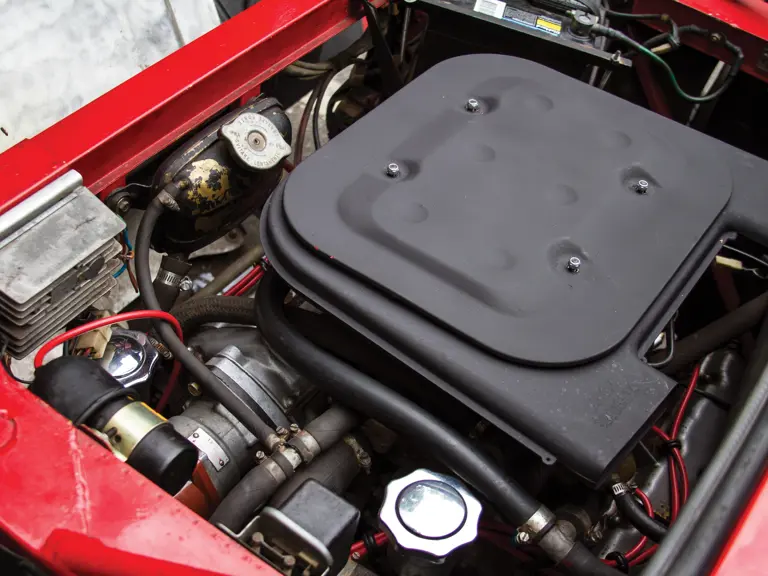
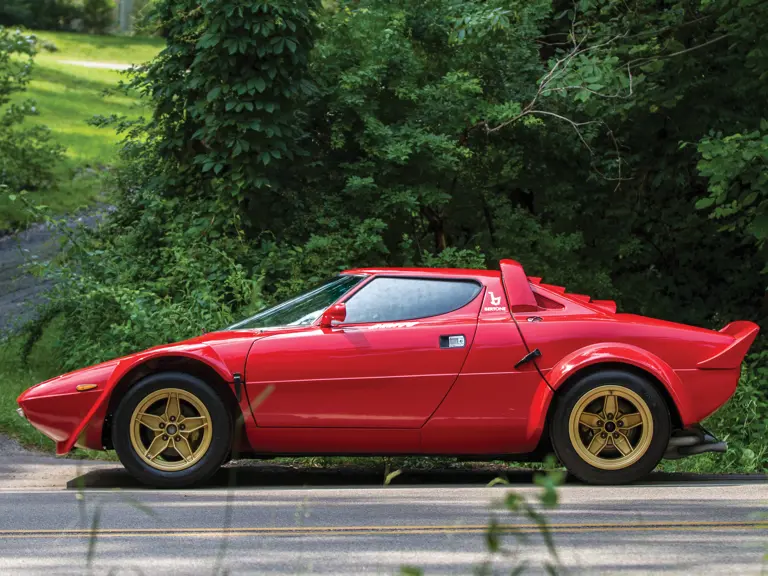
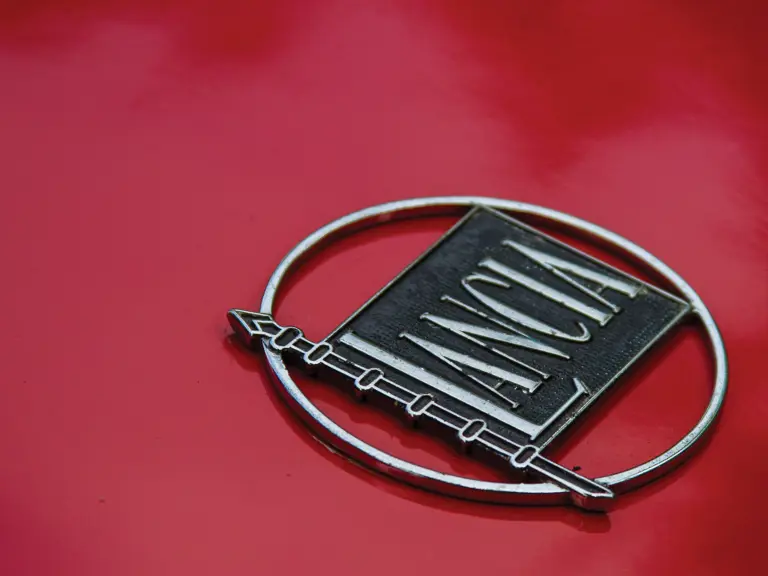
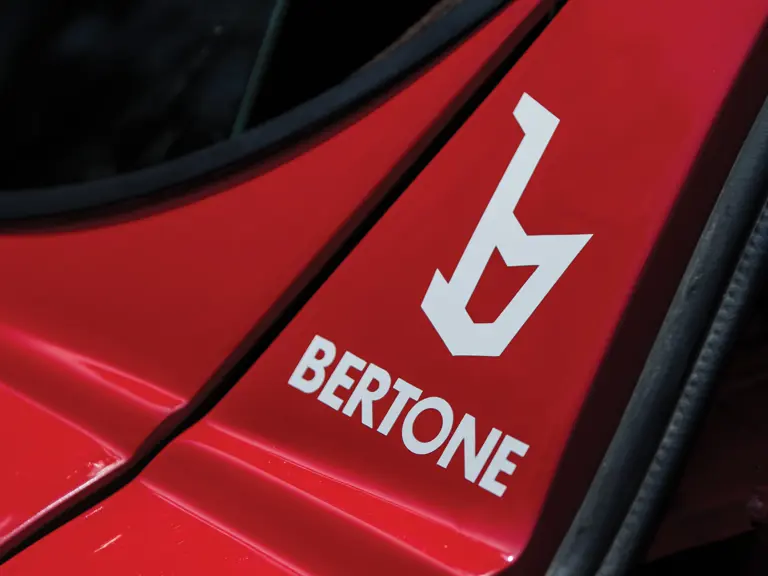
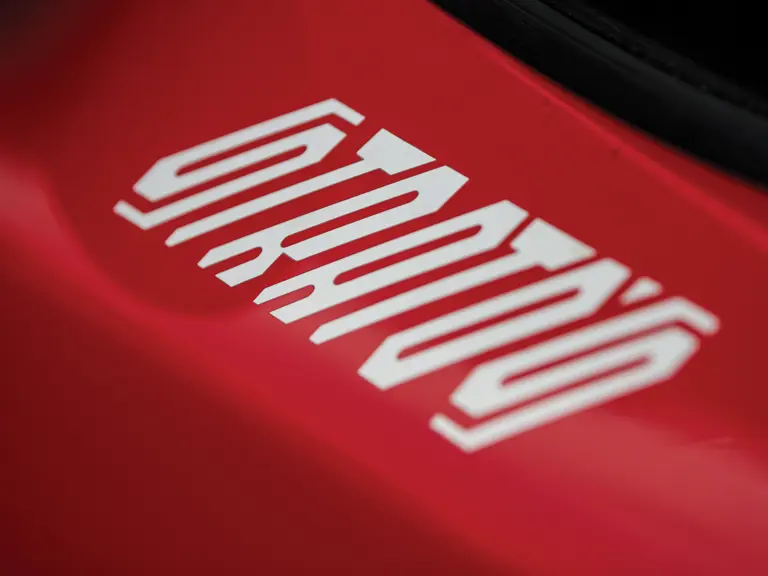

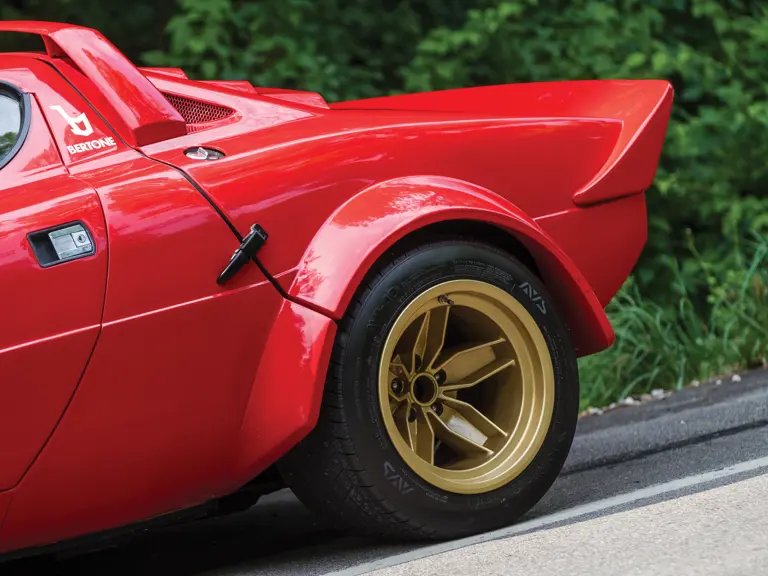
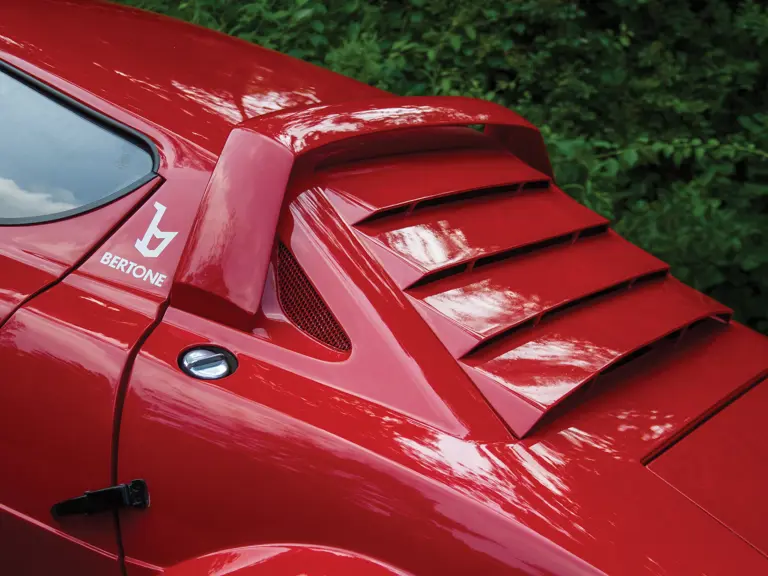

 | Monterey, California
| Monterey, California
